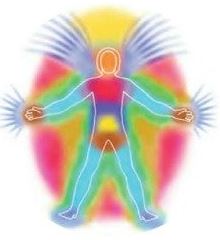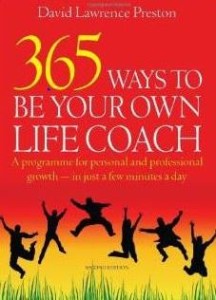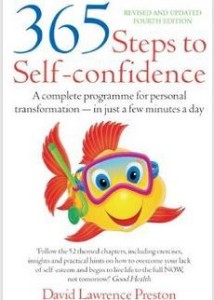Frederick Matthias Alexander (1869-1955) was an Australian actor who had made a good living from poetry recitals in the 1890s until he encountered a career-threatening problem: he developed breathing problems and chronic laryngitis, and lost his voice! He went from doctor to doctor, but none could find any physical cause nor any cure.
Since no-one seemed able to help him, he resolved to help himself. He studied anatomy books and surrounded himself with mirrors, carefully observing himself. He discovered that the way he had been been trained to carry his body and project his voice was the very cause of the problem. He was tensing his body as he prepared to speak, dropping his head backwards and pressing his neck into the spine. This constricted the air passages and inhibited his voice box. He noticed that others with voice and breathing problems often did the same.
Alexander was a man with little regard for others’ opinions unless supported by scientific evidence and proven by results. So he experimented on himself. He discovered that eliminating muscle tension in the neck prevents the head from compressing the spine, so the spine is free to lengthen. This frees the windpipe and allows the voice to function properly. Within weeks of starting to apply this to himself, the problems were gone and he was able to resume his profession.
Others began to seek his help, so he applied what he learned and developed a hands-on healing method that allowed all the body’s natural processes to work, thus stimulating its capacity for self-healing.
As his research progressed, he made further discoveries. He noticed that he mind could play tricks on him so he developed methods to increase mindfulness. In essence, the Alexander Technique, as it became known, focuses on attention, thoughts, posture and movement. It centres on:
- Self-awareness: identifying harmful habits that restrict breathing or result in poor posture.
- Inhibition: pausing for a moment before acting to interrupt and prevent destructive patterns.
- Choice: knowing that we have the freedom to choose new responses (i.e. not to follow habitual, conditioned reactions).
- Primary control (neck, head, spine): positioning the head, neck and spine so that the head is up and slightly forward, allowing the spine to lengthen, releasing tension from the neck and throat.
- Directions: Oral suggestions, self-administered, which send conscious instructions to parts of the body which he had struggled to control before.
- Using gravity as a healer; positioning and balancing the body so that gravity can do its work. One example is the semi-supine position: lying on your back with your knees in the air, head resting on several books, arms relaxed at the side. This releases muscle tension and brings the body back into alignment.
- The whispered ‘ah’: To remove unnecessary effort from using the voice.
Alexander practitioners are known as teachers (not therapists). They explain and demonstrate the technique, and use hands-on methods to bring about change in their clients.
Alexander is best known for his work on movement and posture but he also believed that the mind and body were as one. When we take good care of the body, we fell better mentally, emotionally – and spiritually – too. Many physical problems are caused by our behaviour; people behave according to their way of thinking, so to cure some physical problems means changing our thinking. This is a conscious process which takes effort and determination.
The benefits of the Alexander Technique have been well documented especially for chronic back pain, but in the eyes of the medical establishment he remains a quack. Surgery, they say, backed by drugs, is quicker, cheaper and more permanent, and more in tune with our modern lifestyles. But at what cost? Those of us who believe in natural healing methods must not remain silent!
©David Lawrence Preston, 1.11.2018
Follow me on Facebook and Twitter @feelinggoodatt









